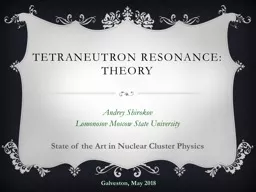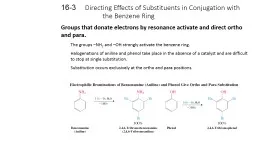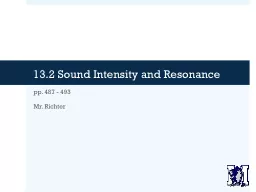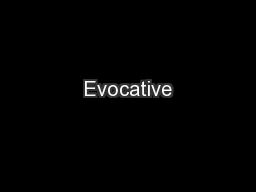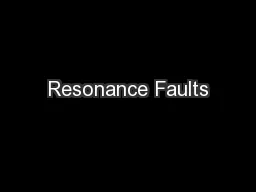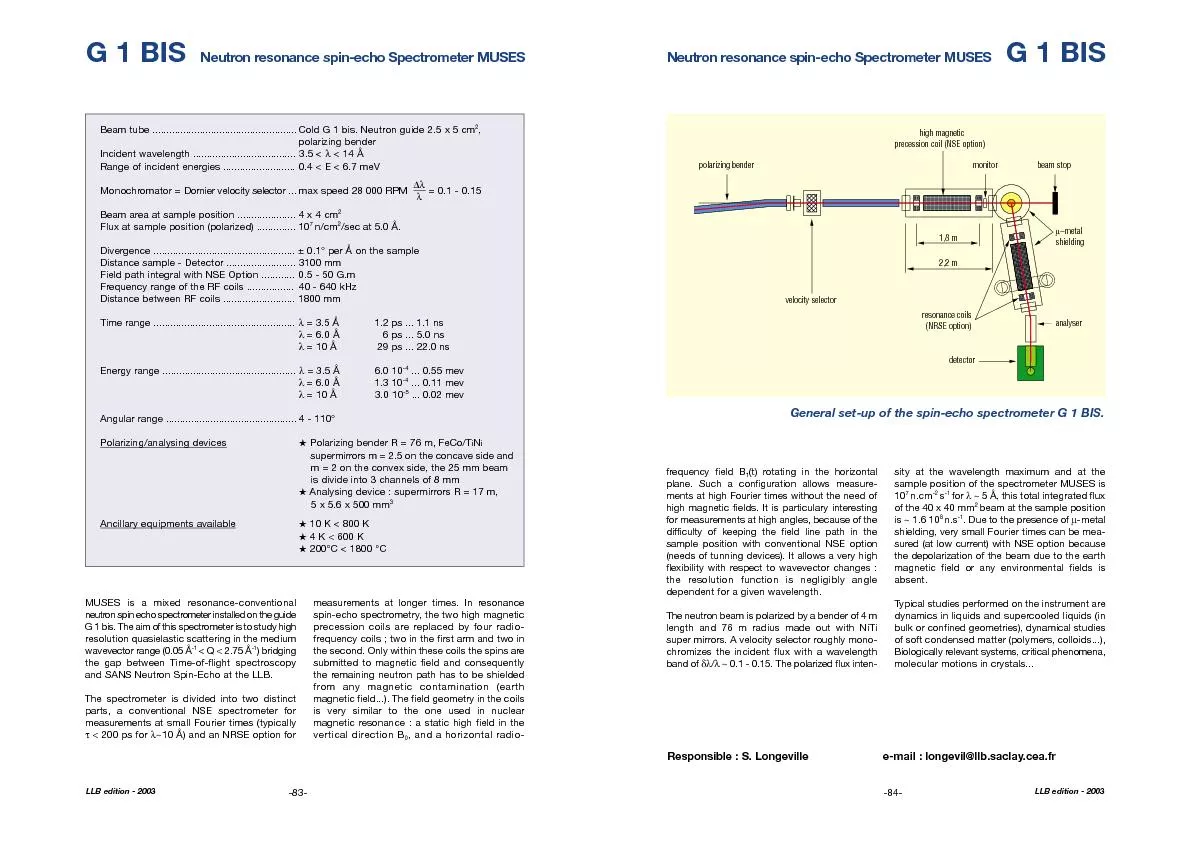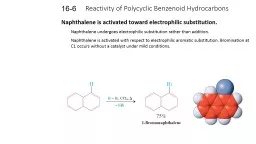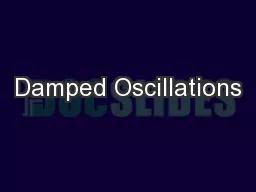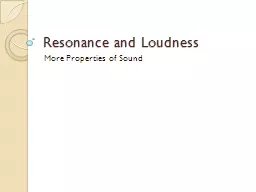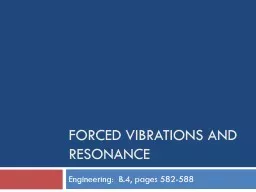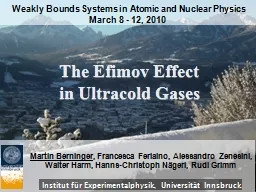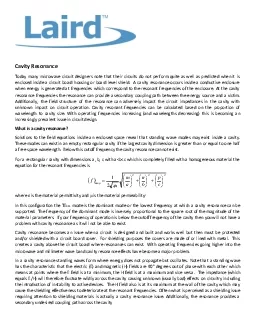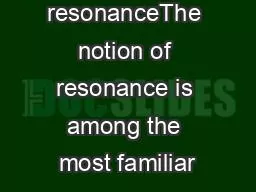PPT-tetraneutron resonance: THEORY
Author : lindy-dunigan | Published Date : 2018-11-12
Andrey Shirokov Lomonosov Moscow State University State of the Art in Nuclear Cluster Physics Galveston May 2018 Collaborators J Vary P Maris Iowa State University
Presentation Embed Code
Download Presentation
Download Presentation The PPT/PDF document "tetraneutron resonance: THEORY" is the property of its rightful owner. Permission is granted to download and print the materials on this website for personal, non-commercial use only, and to display it on your personal computer provided you do not modify the materials and that you retain all copyright notices contained in the materials. By downloading content from our website, you accept the terms of this agreement.
tetraneutron resonance: THEORY: Transcript
Download Rules Of Document
"tetraneutron resonance: THEORY"The content belongs to its owner. You may download and print it for personal use, without modification, and keep all copyright notices. By downloading, you agree to these terms.
Related Documents

